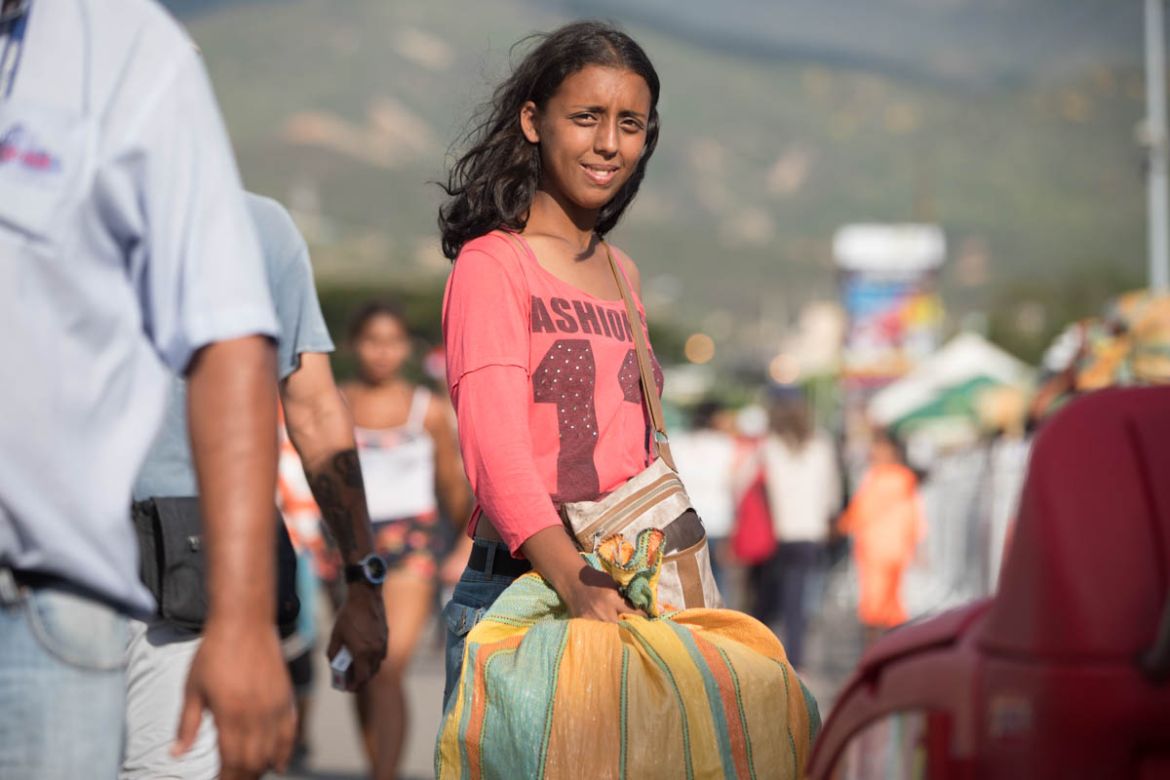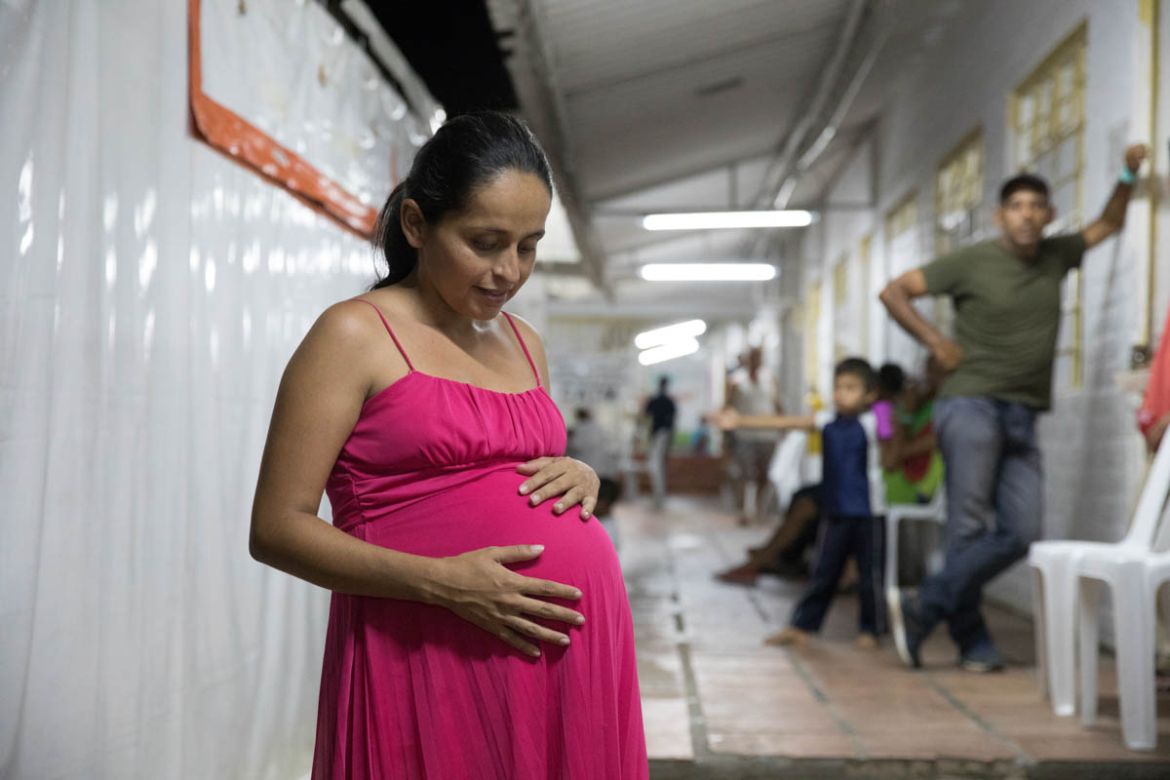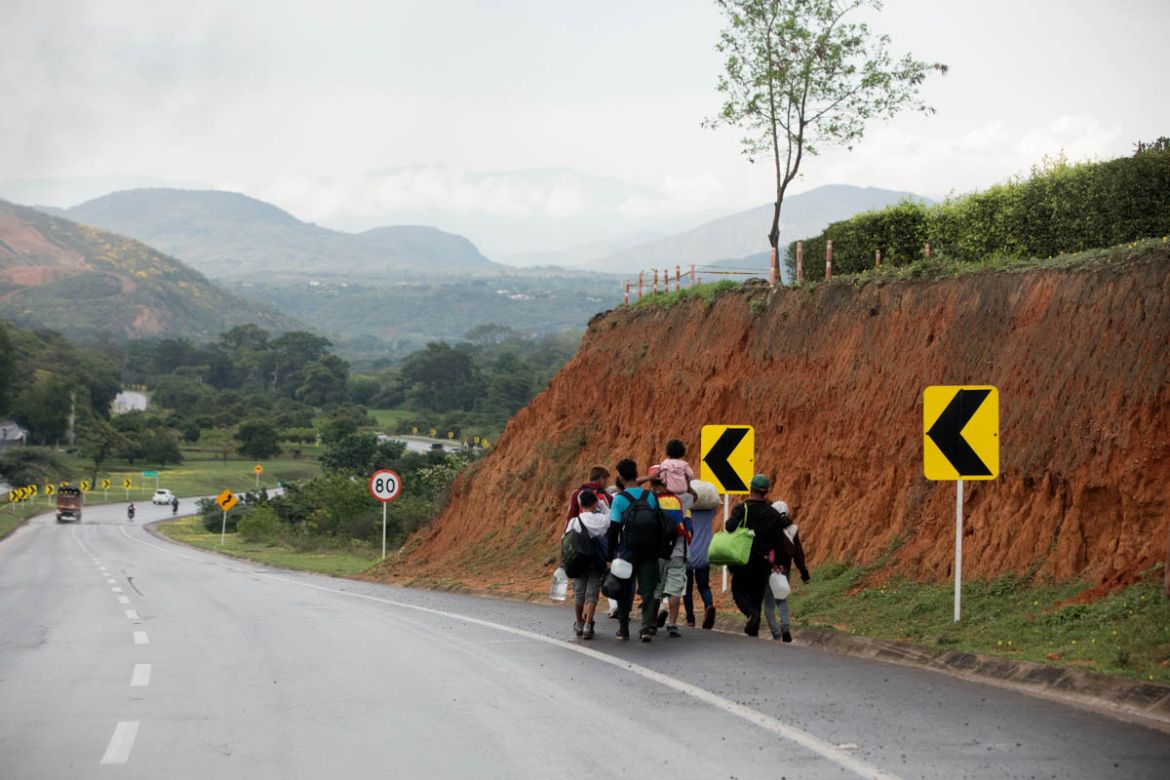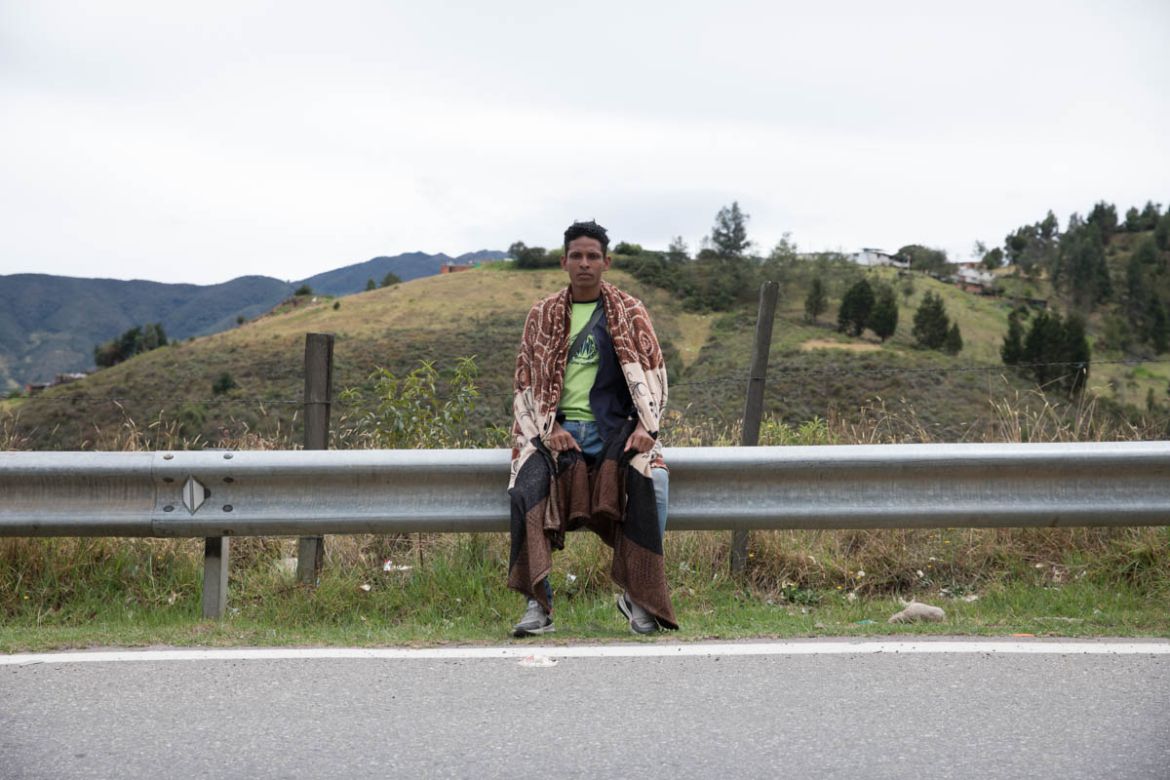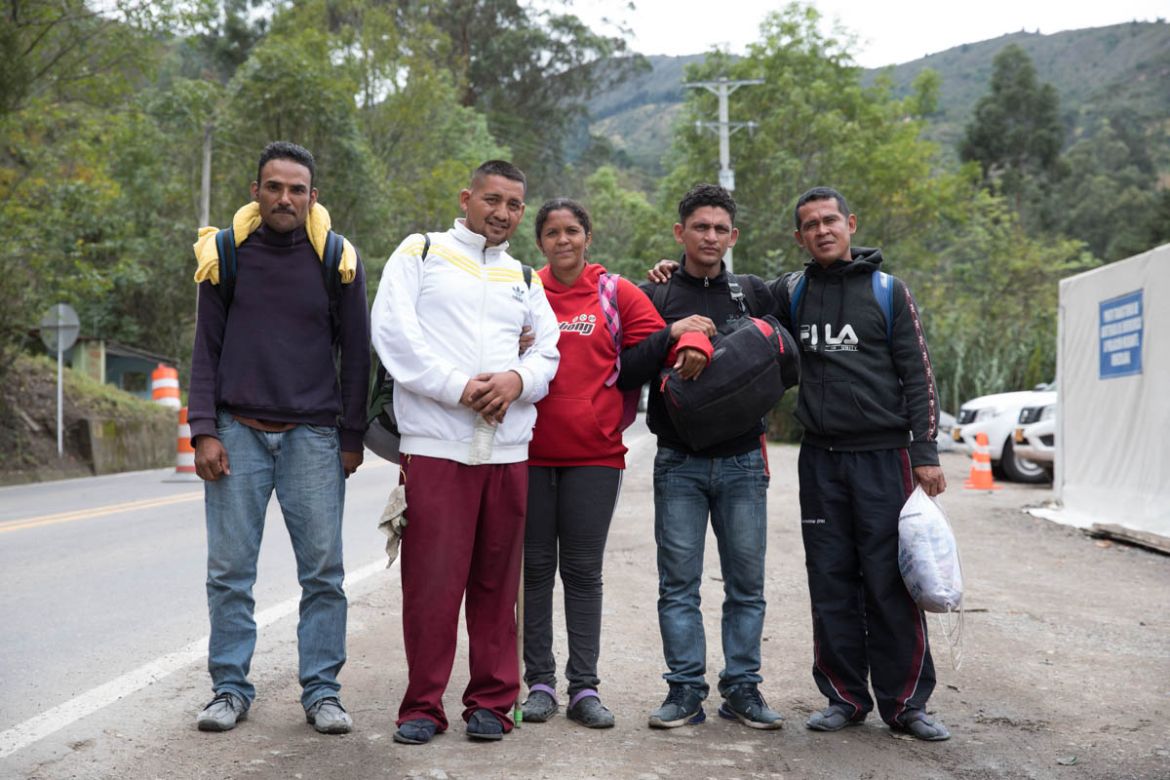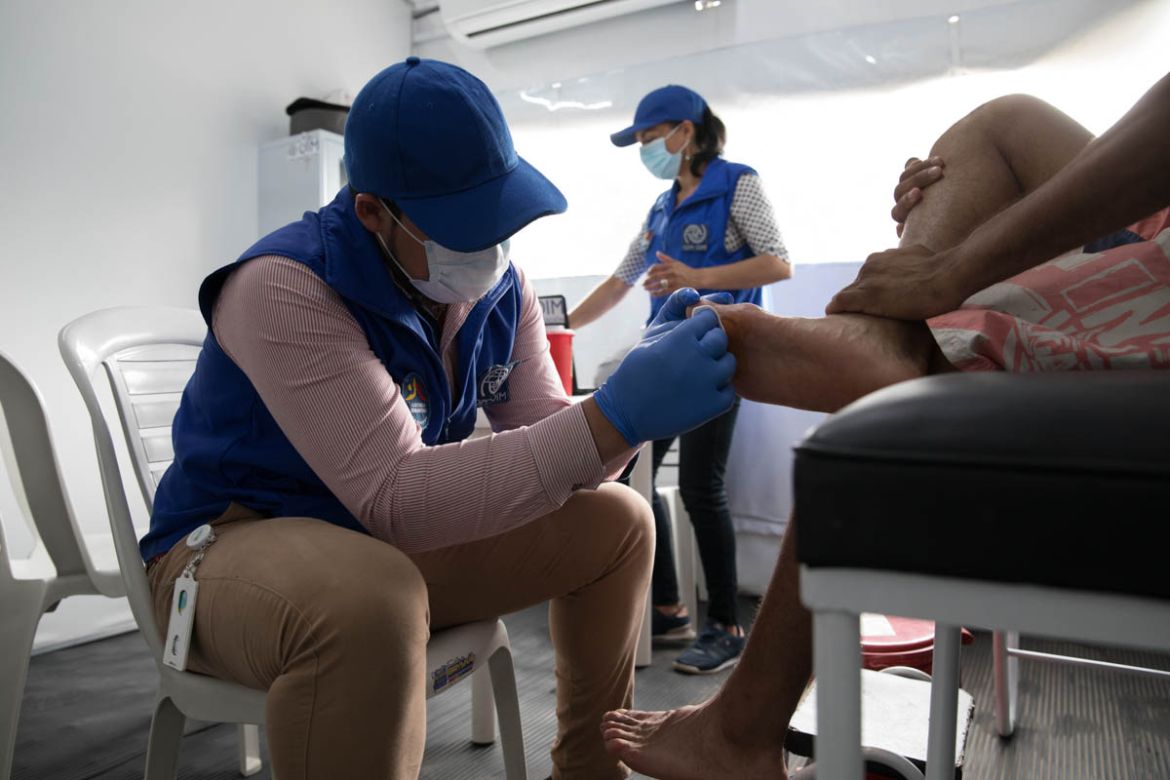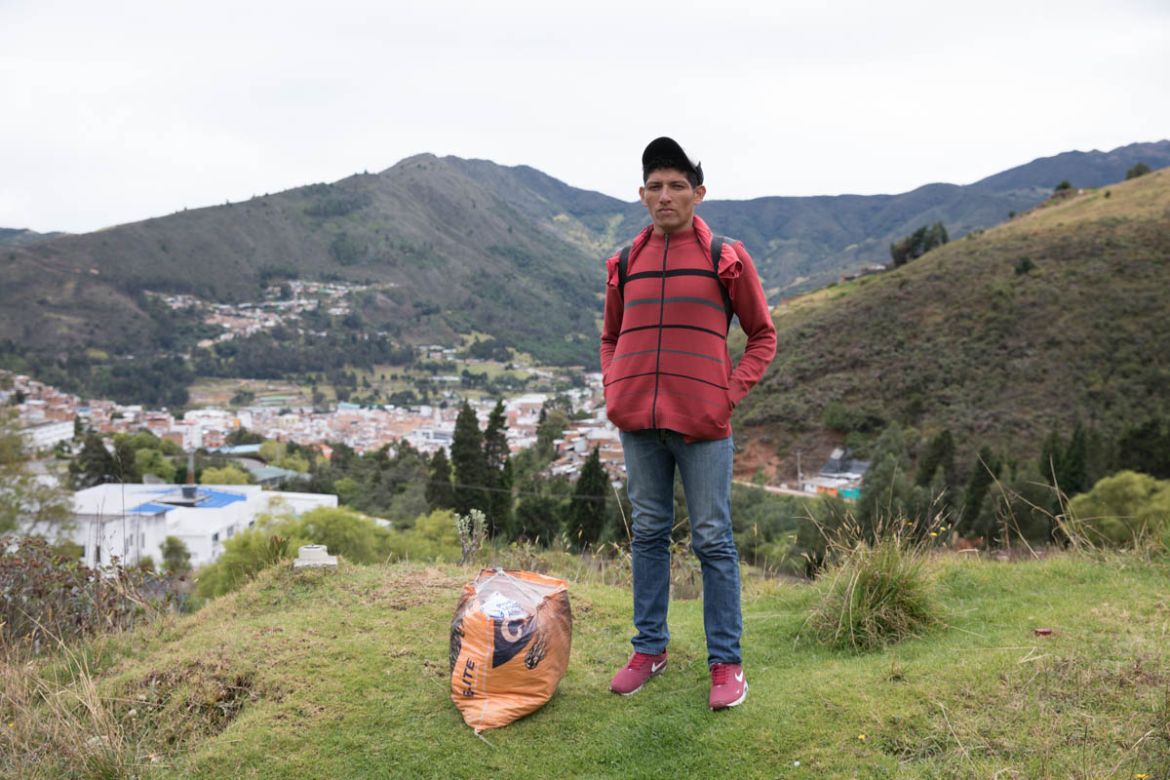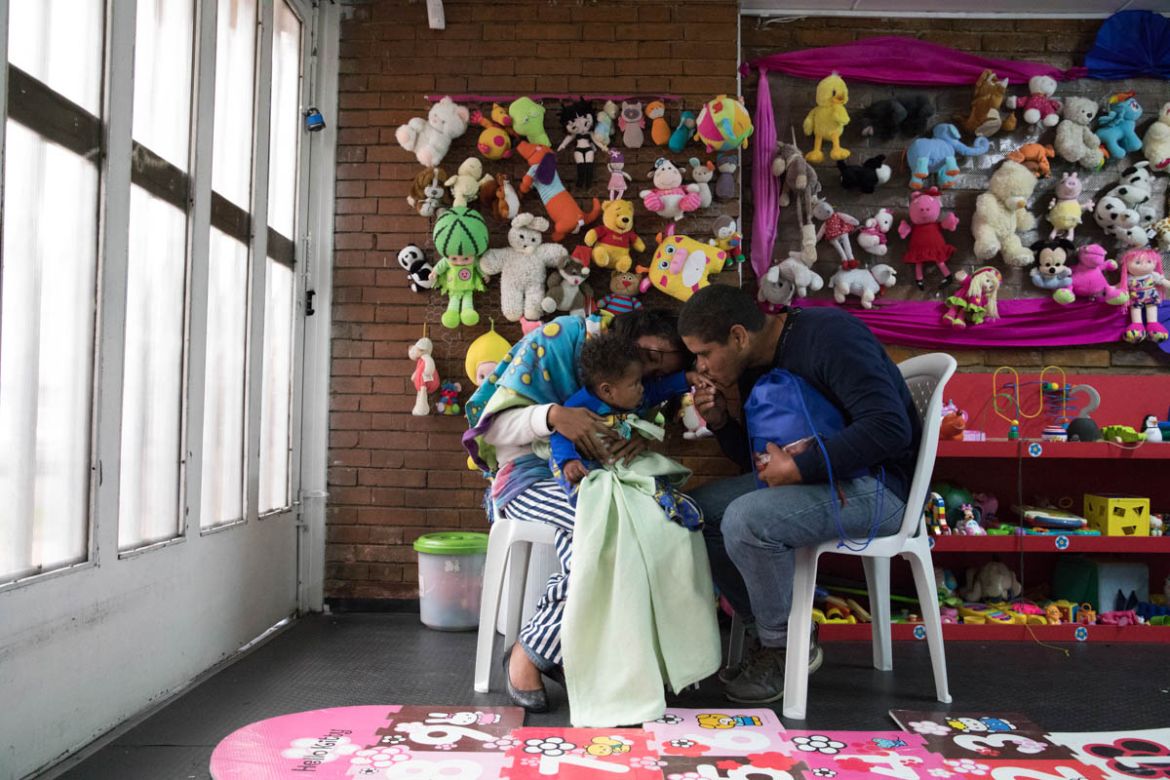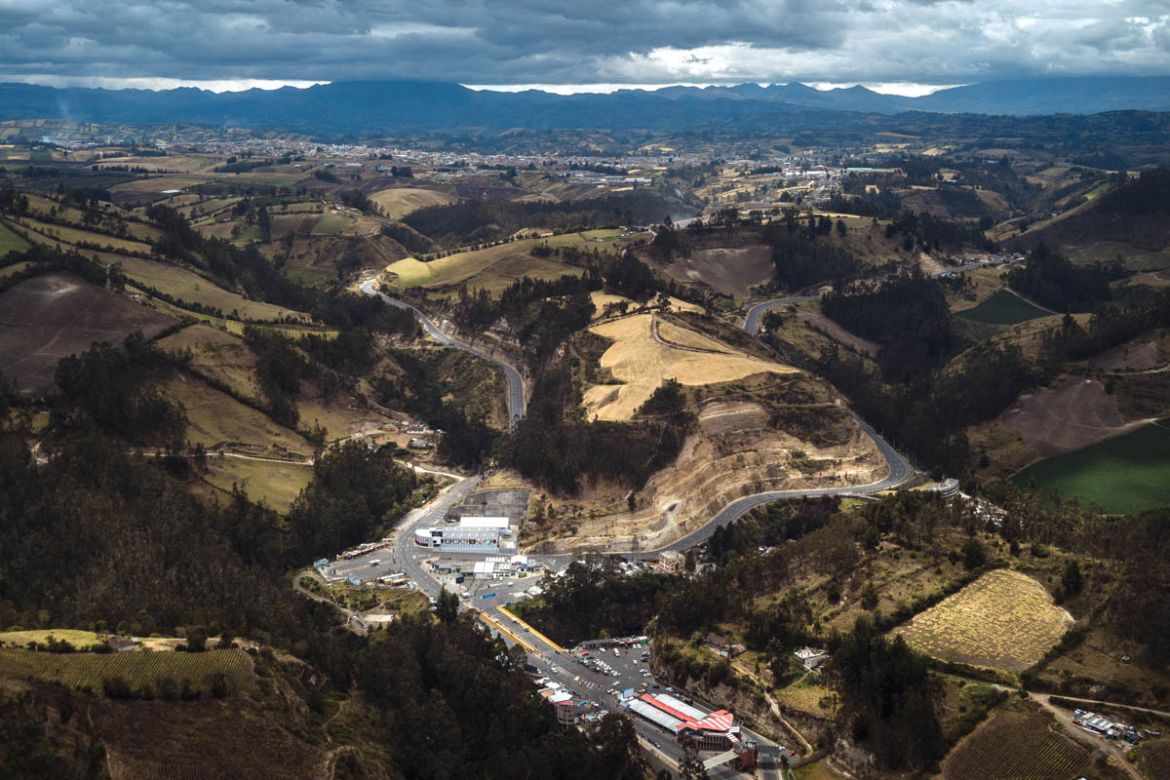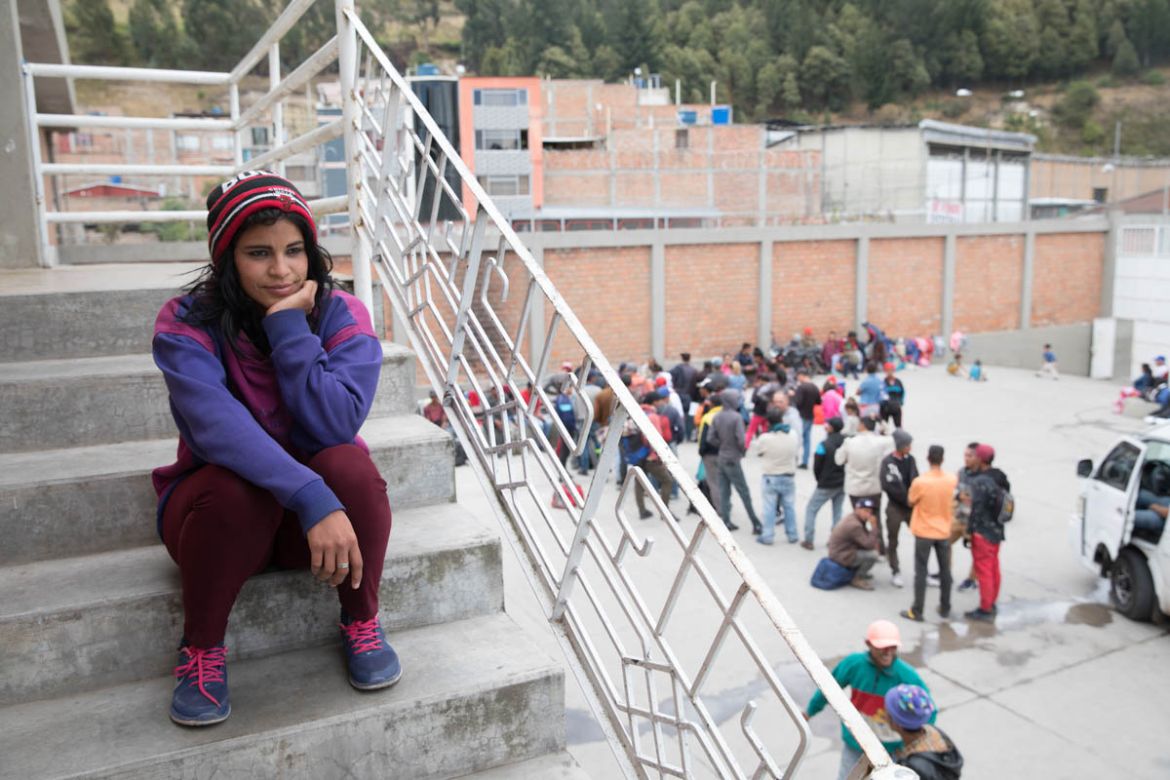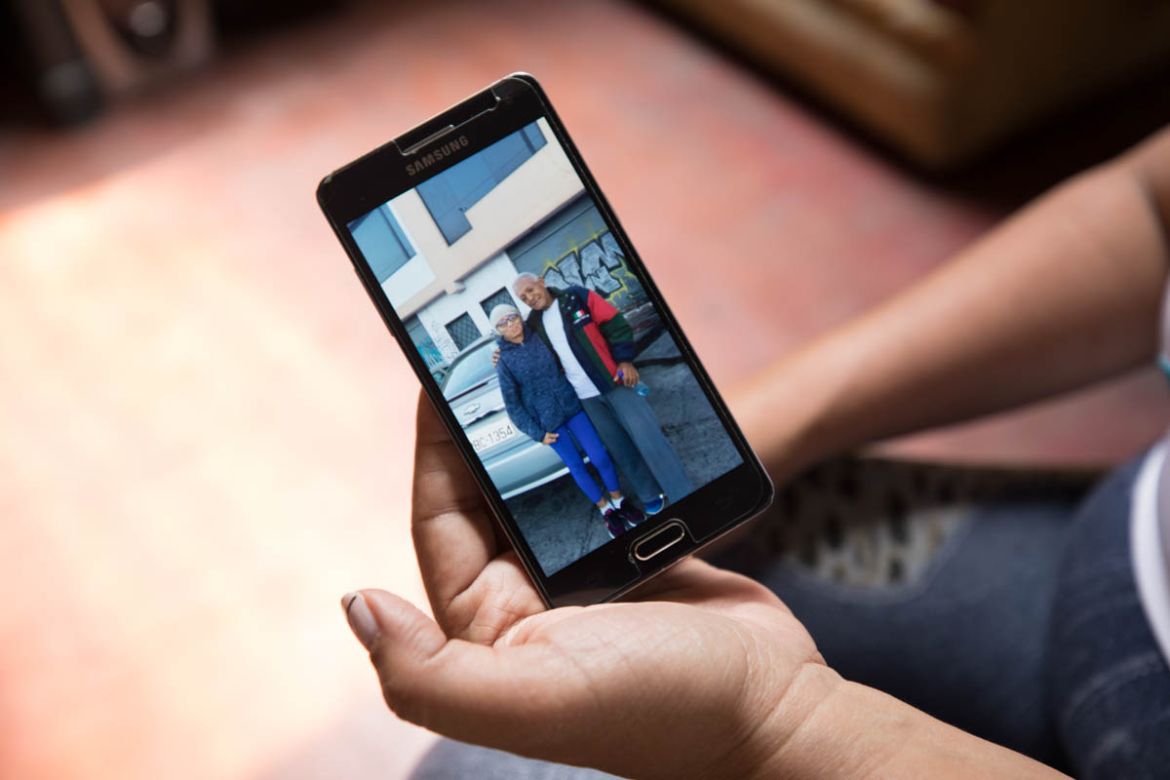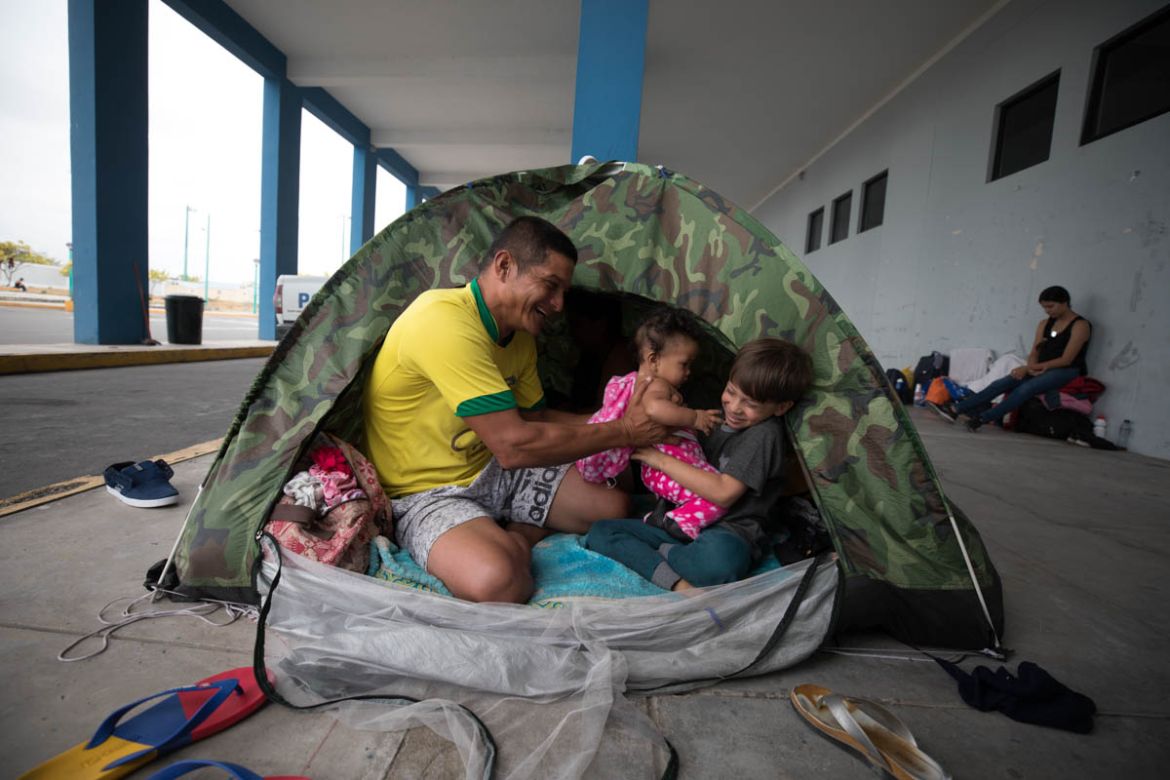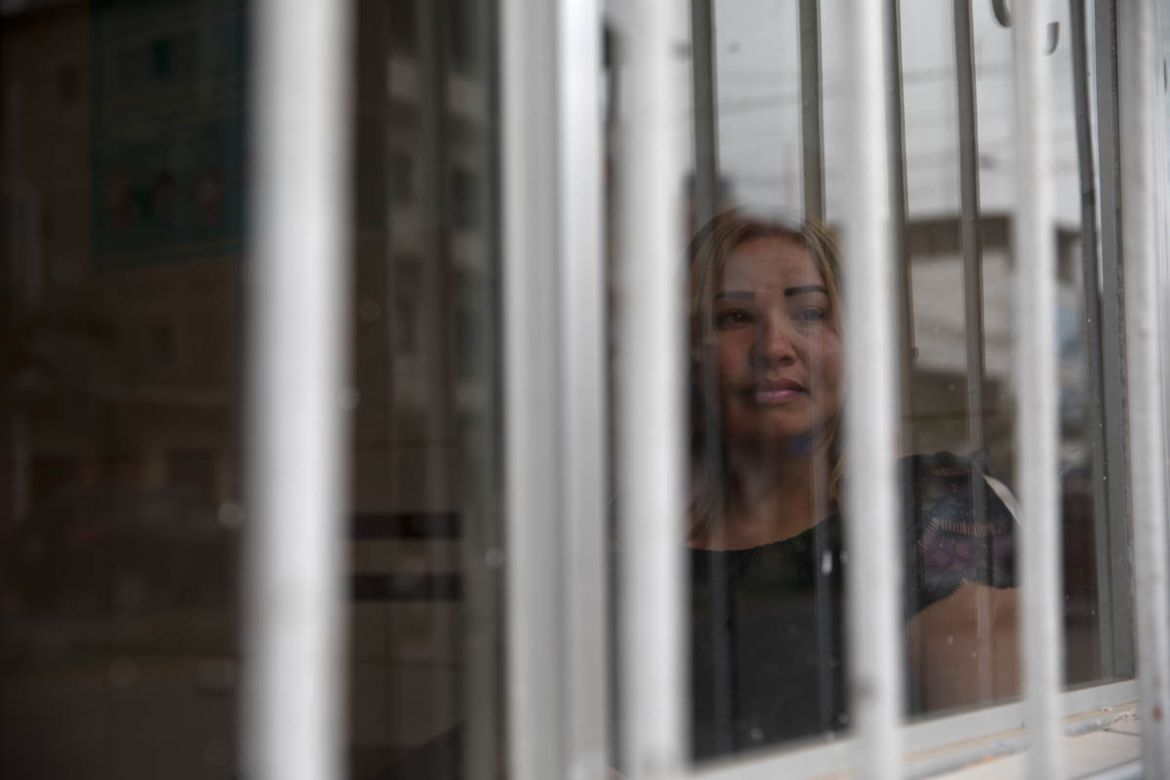In Pictures
Fleeing by foot: The Venezuela exodus grows
Fleeing Venezuela, caminantes travel hundreds of kilometres by foot to Colombia, Ecuador, Peru, Chile and beyond.
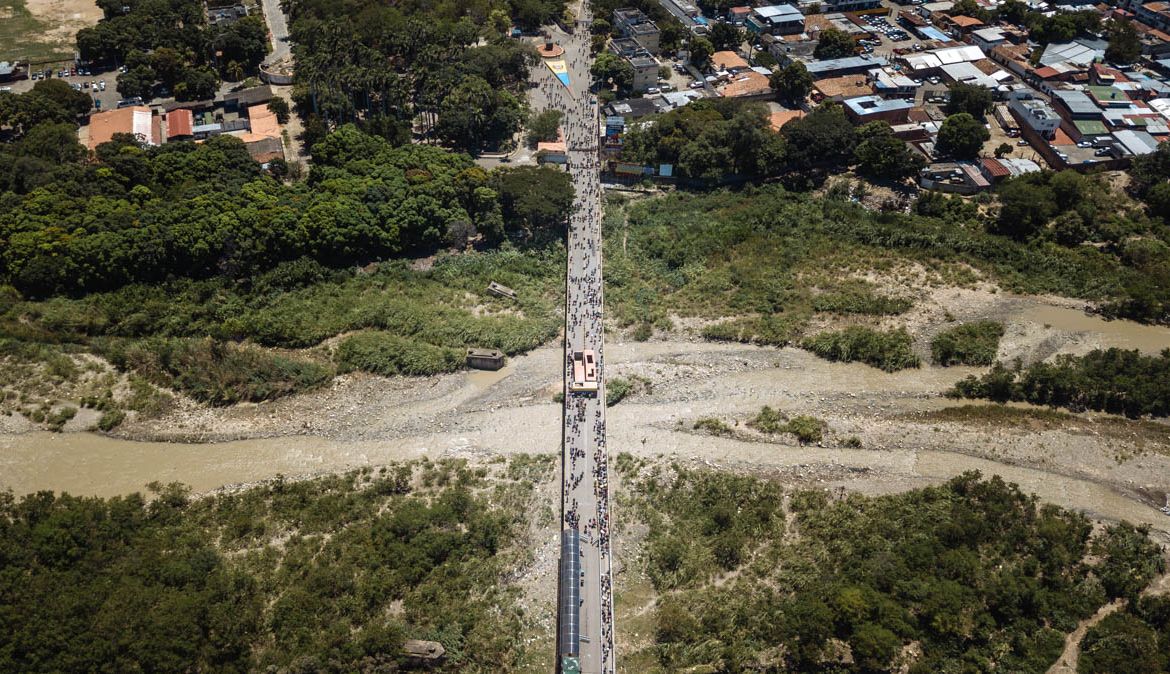
Cucuta, Colombia – Caminantes, as millions of Venezuelan walkers are known, trek along South American highways, cross mountain ranges where temperatures dip below zero and move across low arid lands where temperatures soar to 40 degrees.
Political instability, economic collapse and rising insecurity in Venezuela have triggered the flight of nearly 4.5 million people from their home country in recent years. Four out of five have remained in South American and Caribbean countries where the availability of work, healthcare and education services offer the chance to carve out a brighter future.
They are day labourers and nurses, teachers and shopkeepers. Some travel with their families, others hope to send money to cash-strapped relatives back home where the cost of living has spiralled out of control and a typical month’s salary won’t buy more than a bag of rice.
The movement of Venezuelans out of their country represents one of the fastest-growing displacement crises in the world and the most severe in Latin America’s modern history – a humanitarian emergency stretching thousands of kilometres across multiple countries – to sparsely populated highlands of Colombia, the streets of Ecuador, Peru and Chile’s largest cities, and beyond.
Governments and humanitarian agencies responding to the crisis see the numbers of departures continuing unabated. The International Organization for Migration (IOM) and the UN Refugee Agency (UNHCR) estimate that another two million Venezuelans will leave by the end of 2020 if outflows continue as they have for the past two years.
Some have the resources to travel by plane, land and sea, but many have no choice but to walk for days on end with only their most valuable possessions, relying on the generosity of strangers.
Many of the caminantes are compelled to travel through trochas, informal and dangerous border crossings through rivers and forests. They spend their nights under bridges, in open fields or, at times, in shelters established along the route.
Transit centres run by humanitarian or church organisations offer Venezuelans some respite – the chance for a medical check-up, a warm meal, a new set of clothes, an internet connection or a counselling session.
Although some countries, including Colombia, have largely maintained open-door policies, others, including Ecuador and Peru have recently put in place restrictions for Venezuelans wishing to enter the country. Many Venezuelans benefit from social services, despite the increasing strain their needs place on other nations’ already limited resources.
Nevertheless, Venezuelans on the move must mainly rely on their own resources, resilience and hope for a better tomorrow.
